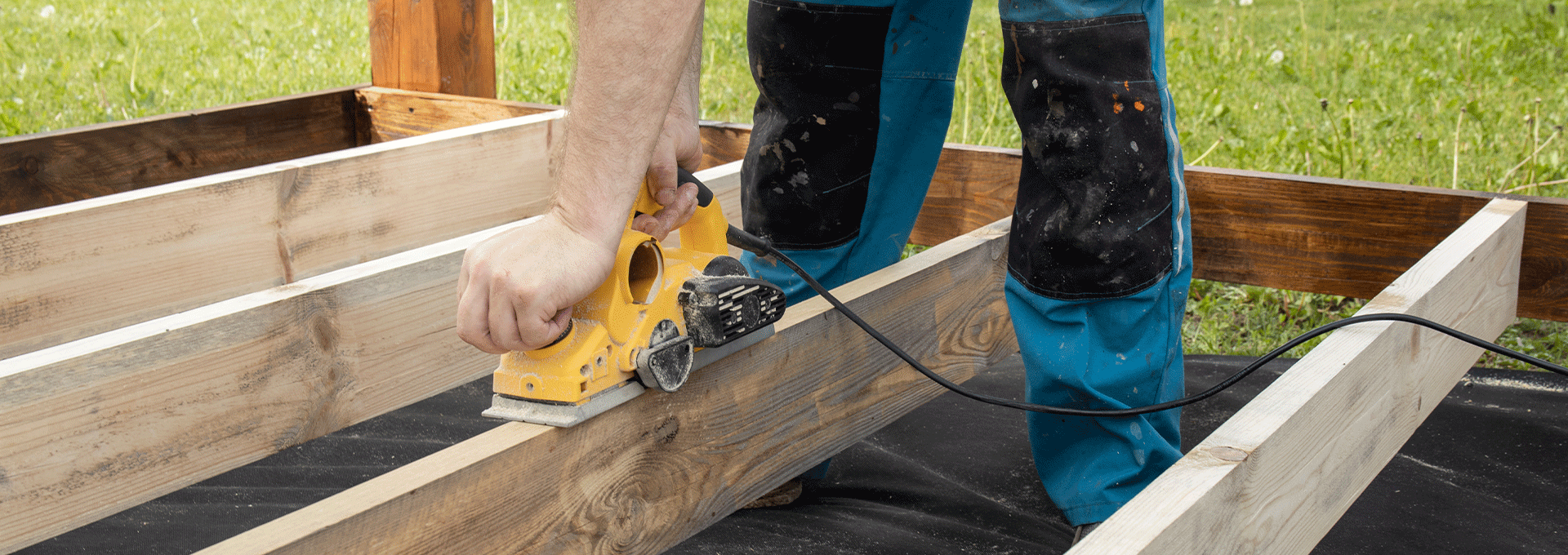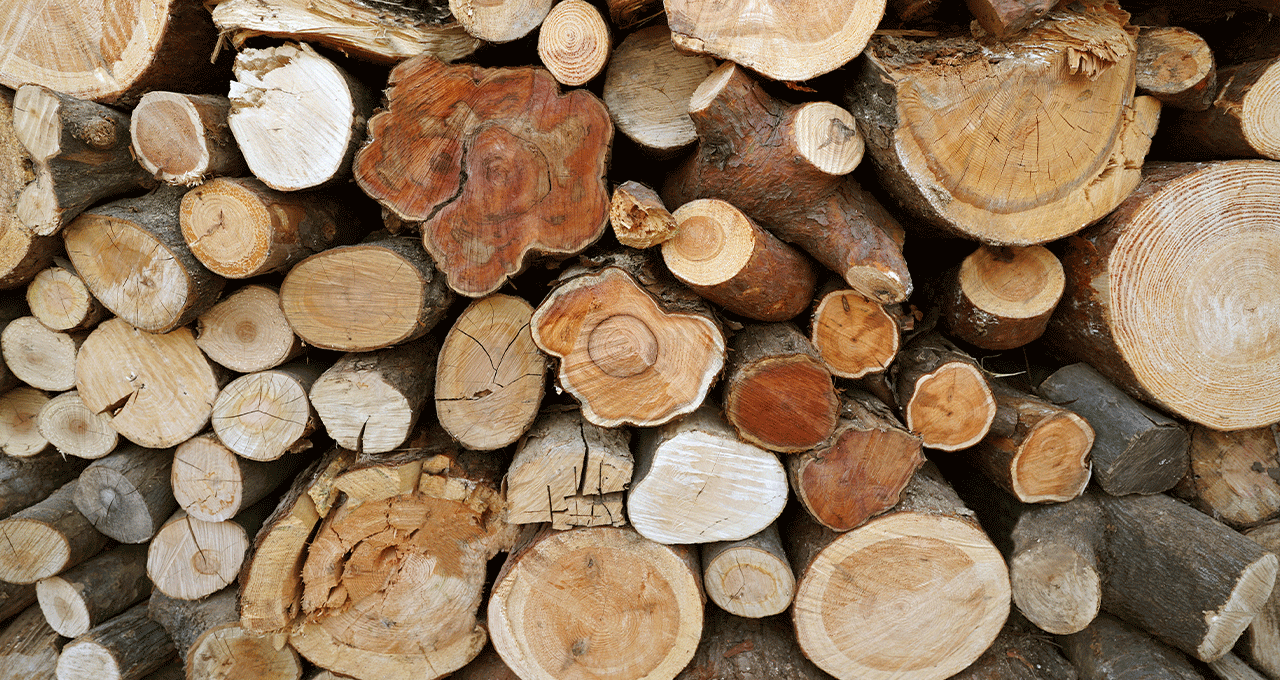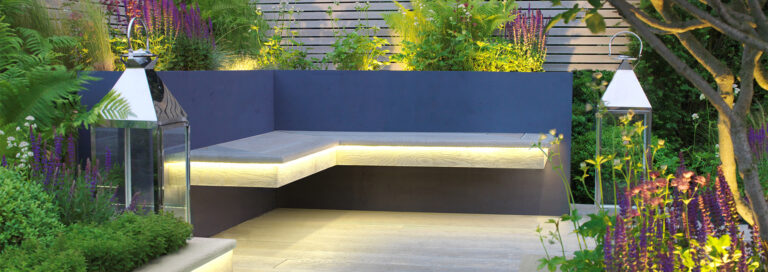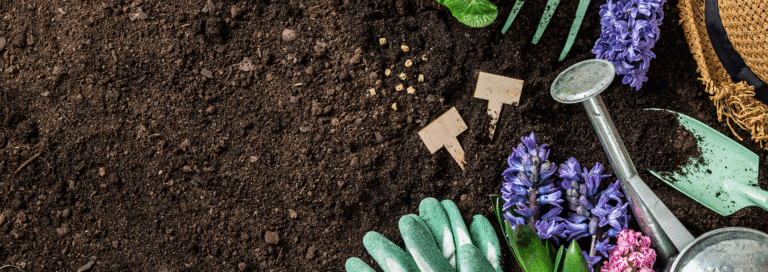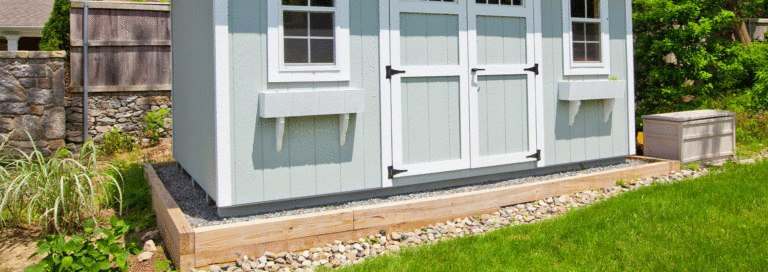Before venturing on any outdoor project, it is essential to carefully select the right wood for the job, or else you risk all your hard work going very quickly down the drain! With the timber market growing each day, the range of materials on offer is growing too, which is a good thing – when you know how to navigate them. To help you select the best wood for outdoor use, we’ve created this comprehensive guide to outdoor timber, covering everything from type of timber to our top picks. So, stick with us, you up and coming outdoor timber expert!
6 Considerations For Wood To Use Outside
Before exploring your options, there are a few key considerations to take into account to ensure that you’re choosing the best wood for you. Striking the right balance between quality and cost is important, but there are some things that you might not want to compromise on. So, without further ado…
1. Hardwood vs Softwood
The first consideration is to opt for either hardwood or softwood. Each has their own individual desirable properties, and so the choice really is yours.
Hardwood
Hardwood is a type of wood that comes from deciduous trees (the type that loses its leaves each year) and is renowned for being dense and durable. Including species such as oak and mahogany, hardwood options are particularly useful in and furniture projects due to their strength. However, species in this category tend to be more expensive and trickier to work with.
Softwood
Softwoods are derived from coniferous trees (think evergreen species like pine or spruce). They are popular options because of their versatility and breadth of applications from flooring to structural applications. Since they tend to be more readily available, they are also often cheaper than hardwoods and are easier to manipulate due to their softness.
2. Longevity and Durability
Different species of wood will provide different levels of longevity. For instance, oak tends to have the best natural longevity whereas birch resides on the other end of the scale.
Understanding Timber Durability Classes
Not to be confused with use class values, durability classes are used to characterise and classify the durability and longevity of various wood species, using BS EN 350 as the standard. In this context, the durability of the timber is based on natural resistance to fungal decay. There are five classifications, where 1 is the most durable, and 5 is the least durable:
Class 1: Very durable | Lifespan of around 25 years | Teak, Ebony
Class 2: Durable | Lifespan of around 20 years | Cedar, European Oak
Class 3: Moderately durable | Lifespan of around 15 years | European Walnut, European Cherry
Class 4: Slightly durable | Lifespan of around 10 years | Red Pine, Hickory
Class 5: Not durable | Lifespan of around 5 years | Silver Birch, Sycamore
However, it should be noted that these durability classes refer to heartwood timber in unprotected environments. There can be significant variation depending on where specifically the wood is grown, what it is being used for, and any external treatments or sealants that have been used. Equally, sapwood variants are less likely to be regarded as durable.
3. Moisture
Similarly, to extend the lifespan of your outdoor timber, it is important to consider the potential implications of moisture. With the UK receiving 164 days of rain in 2024, it’s not something to overlook!
The reason why moisture matters so much is because as timber absorbs and releases moisture from the air, it can crack, warp and otherwise change: not what you want for your outdoor projects. Additionally, high moisture content weakens the wood and creates the dream environment for mould and f growth.
As such, when it comes to the best wood for outdoor use, one that is naturally resistant to moisture is your best bet. Options such as teak, cedar or cypress with natural oils that repel water are great contenders to cover this factor!
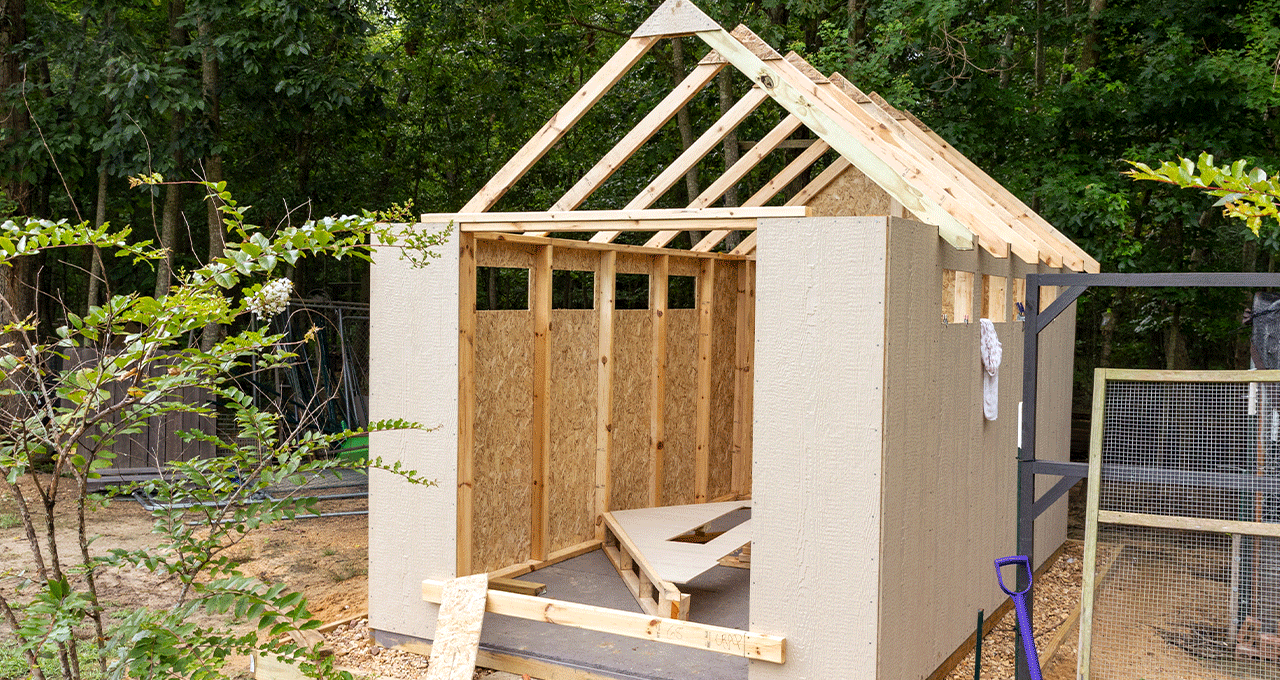
4. Usage
Small woodworking projects are not going to have the same demands as a full-on structural shed build. So, it’s important to consider what exactly you’re going to use the timber for, and what the most important features are for that project.
For instance, redwood may be a great choice for creating raised beds due to its natural rot resistance, whereas it may not perform as well for projects that require a high level of weight bearing. For that, you’re likely better off choosing something like oak, douglas fir, or cedar.
Types of Timber Board
Additionally, the specific project will significantly influence the type of timber board you use, from sheet materials to cladding. The way the wood is cut and treated can change the properties of the material. For instance, exterior walls benefit from exterior-grade ply whereas choosing a type of cladding is the way to go for structural solidity. Here are a few types of timber board and some key uses of each:
- Plywood – Formwork, flooring, exterior walls, furniture making, panelling.
- Construction Timber – Framing, flooring, building skeletons.
- Cladding – Weatherproofing, moisture control, energy efficiency, cohesion between roof and fascia.
- Finishing Timber – Repairs, furniture.
- Decorative Timber – Picture rails, mouldings, panelling.
Psst: If you’re looking for more advice on choosing the right timber product, we have an entire dedicated guide on the topic! Don’t we spoil you…
5. Skill Level
If this is your first timber project or if it’s a particularly tricky or complex job, then the best wood for outdoor use in your case is likely to be something easier to use and cheaper to practice with. In this case, we’d recommend something along the lines of treated pine. You probably won’t want to fork out too much on a material like cedar – despite its benefits – just for the project to go wrong!
6. Cost
In a similar vein, ensure that you balance these considerations with the big one: cost. If you’re looking to create something that will truly stand the test of time, then it could be worth it to spend a little extra for those added quality factors. Don’t forget that you can also invest in good quality protectant for whichever timber you use, and so, whilst it won’t quite turn your sycamore into teak, you are able to compromise!
Bonus: Pressure Treated Options
Also known as tanalised timber, pressure treated timber is wood that has been treated with chemicals to make it much more durable and resistant to rot and insects. Because of this increased durability, pressure treated options are often great choices for outdoor projects, lasting up to 40 years in some cases.
Additionally, pressure treated timber requires comparatively little maintenance, meaning that there’s not actually much for you to worry about once installed.
The Top 10 Best Timber For Outdoor Use
Now that we’ve explored the top considerations when it comes to the best timber for outdoor use, it’s time for the lowdown on our top choices. Just so we’re clear, we’re classing a good outdoor wood as one that is versatile, durable, decay and insect resistant, and remains structurally sound for years.
1. Teak
A dense hardwood, teak is exceptionally durable and strong, especially when it comes to weather extremes. Its high resistance to common issues like rot and warping makes it the perfect choice for outdoor garden furniture or decking that can last for decades, even without treating it. That being said, teak is one of the most expensive timbers on the market.
2. Ipe
Ipe, or Brazilian walnut, is a very durable wood that is particularly resistant to insects. However, due to its density and hardness, ipe can be difficult to work with and may require specialist materials. In the medium price range for tropical imported wood, ipe has served decking projects particularly well.
3. Cedar
Depending on the specific sub-species, cedar is rated as durable to very durable when it comes to decay. However, it can have a mixed level of resistance to insects. Nonetheless, cedar is generally easy to work with, even by hand. High grade variations can come up quite costly, though construction-grade cedar is moderately priced.
4. Mahogany
Perfect for aesthetically striking projects, mahogany’s deep reddish brown lends itself well to many outdoor projects. Its natural resistance to wood rot has historically made it attractive for boat construction, but it also lends itself to windows, doors, and outdoor furniture.
5. White Oak
Abundant and available from most timber suppliers, oak is a strong and beautiful timber that is both easy to work with and economical. With high rot and insect resistance, it makes an excellent choice for a variety of climates. However, it does require regular maintenance with a quality wood sealant to avoid warping and cracking.
6. Cypress
A softwood that is strong, light, and resistant to decay, cypress is often used for . Additionally, it is relatively easy to use, taking screws and nails well, which makes it an excellent choice for beginner woodworkers. In terms of price, it is relatively affordable, sitting in the middle of the typical range for outdoor timber.
7. Douglas Fir
Also known as Columbian pine, douglas fir is a particularly attractive wood for construction. From beams to joists to decking, this timber offers a high level of strength and durability. It can be a little finicky to work with, especially for intricate designs, but overall, it is an excellent and quite affordable all-rounder.
8. Treated Pine
Remember pressure treated timber? Well, treated pine is one such example. Offering good resistance for a variety of structural applications, it can be painted and stained to suit any outdoor aesthetic. Plus, as a widely available option, it is a budget-friendly alternative to more expensive timber.
9. Acacia
Acacia’s high oil content allows it to be naturally resistant to the elements. Since it is dense and hard, acacia is a good choice for heavy-duty furniture that needs to resist scratches and a bit of daily wear and tear. However, it can vary greatly in price, so make sure to shop around!
10. Redwood
Redwood is naturally resistant to insects and moisture due to the water-soluble compounds (tannins) it contains. Its good workability levels mean that it is often used for building frameworks and roofing. As with most options, the price can vary depending on type and quantity, but it is generally quite affordable, making it popular for DIYers.
Final Thoughts
So, there you have it: our guide to the best wood for outdoor use. After reading this far, you should now be a walking encyclopaedia of outdoor timber knowledge! No matter which type of wood you opt for, remember that the key is in proper storage, sealing, and maintenance.
If you’re up for learning more, explore the rest of our garden and landscaping blog! Or, if you’re in a bit of a wooden project rabbit hole, why not browse our range of high-quality timber?

